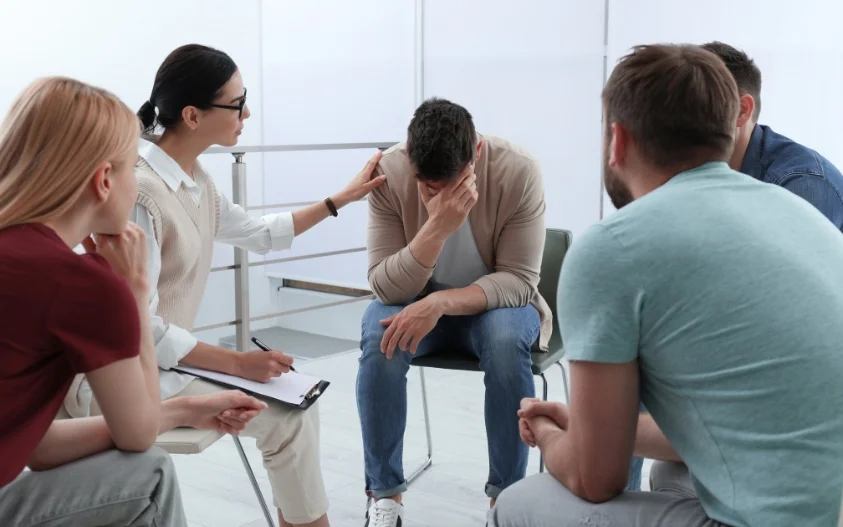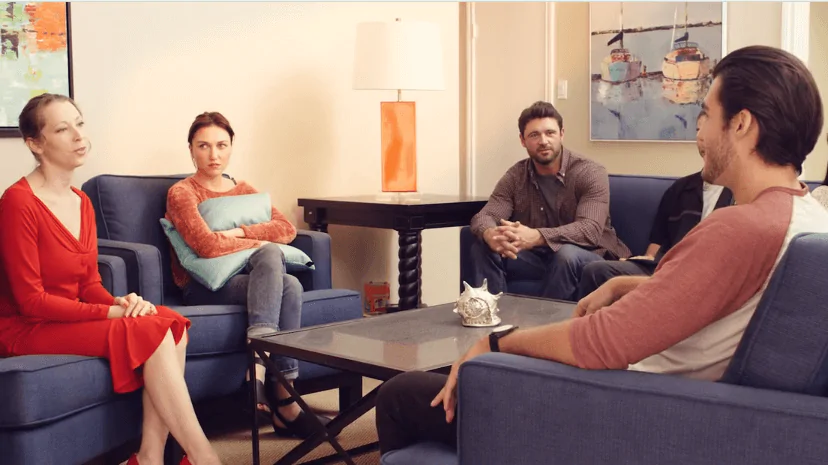24/7 Helpline:
(866) 899-221924/7 Helpline:
(866) 899-2219
Learn more about Prescription drug Rehab centers in Alamosa County

Other Insurance Options

Aetna

Health Partners

WellPoint

Cigna

ComPsych

Providence

Ceridian

AllWell

UnitedHealth Group

EmblemHealth

Multiplan

Humana

Optum

Horizon Healthcare Service

Molina Healthcare

MHNNet Behavioral Health

Medical Mutual of Ohio

PHCS Network

Anthem

Covered California

San Luis Valley Behavioral Health
San Luis Valley Behavioral Health - County Road is an outpatient facility that offers treatment for ...

Crossroads Turning Points
Crossroads Turning Points–Alamosa is a comprehensive alcohol and drug rehab for adults in Alamosa, C...





















Hope Grief Loss and Substance Abuse
Hope Grief Loss and Substance Abuse is a private rehab located in Alamosa, Colorado. Hope Grief Loss...

Colorado State Rehabilitation Services
Colorado State Rehabilitation Services is a public rehab located in Alamosa, Colorado. Colorado Stat...

Ascension Counseling and Transformation
Located in Alamosa, Colorado, Ascension Counseling and Transformation offers mental health and alcoh...

S L V Family Resources Counseling
S L V Family Resources Counseling is a private rehab located in Alamosa, Colorado. S L V Family Reso...

1st Alliance Treatment Services
1st Alliance Treatment Services is located in Alamosa, Colorado. 1st Alliance Treatment Services pro...

Ascension Counseling
Ascension Counseling is a public rehab located in Alamosa, Colorado. Ascension Counseling specialize...




